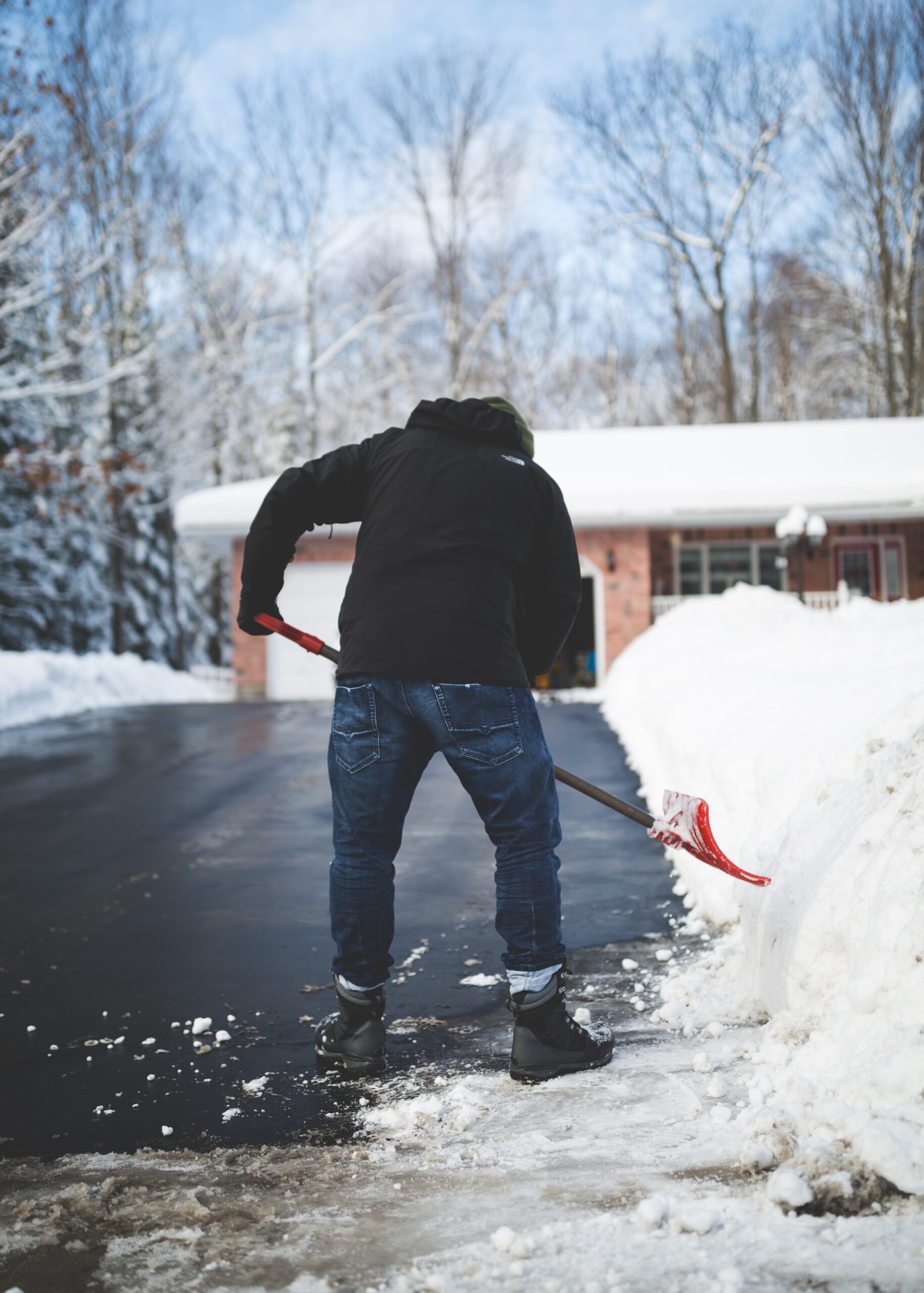Whether you’ve purchased a childhood home or a historic house, understanding the nuances of renovating old houses is essential. Dive in to explore expert insights and tips for renovating, ensuring your old home renovation is a success!
Article Outline:
- The Allure of Renovating an Older Home: Why Bother?
- Home Inspection First: What Should You Look For?
- Budgeting for an Old Home Renovation: How Much Will it Cost?
- The Asbestos Issue: What Do You Need to Know?
- Upgrading Windows in Older Homes: Is it Worth it?
- Electrical Wiring and Modern Needs: Are Older Systems Safe?
- Historic Home Design Elements: Preserve or Replace?
- Basement Renovations: Transforming a Dull Space
- Understanding Building Codes: What’s Changed Over the Years?
- The Finishing Touches: Making Your Renovated Home Shine
The Allure of Renovating an Older Home: Why Bother?
Renovating an older home is more than just a home improvement project—it’s about preserving history and cherishing memories. Many older homes have withstood the test of time, bearing witness to historical events and hosting generations. For some, it might be the allure of restoring a childhood home, while for others, it’s the charm and unique architecture that older houses offer. The craftsmanship, detailed woodwork, and moldings often found in these homes are unparalleled, making the renovation effort worth it.
Home Inspection First: What Should You Look For?
Before diving headfirst into your renovation project, it’s crucial to conduct a thorough home inspection. The inspection should identify potential issues such as foundation cracks, water damage, and old wiring. An older house might come with hidden challenges, and you’ll be able to better prepare if you’re aware of them from the start. By knowing what’s around your house, homeowners can prioritize upgrades and repairs, ensuring a smoother renovation process.
Budgeting for an Old Home Renovation: How Much Will it Cost?
Budgeting is a fundamental aspect of any home renovation. Older home renovations can sometimes take more time and cost more than initially anticipated. Asbestos removal, structural work, and upgrading the electrical system might run up costs. It’s essential to set aside a contingency fund for unforeseen expenses. A clear budget will ensure the project doesn’t stall and remains cost-effective.
The Asbestos Issue: What Do You Need to Know?
Many older homes, especially those built before 1940, might contain asbestos. If disturbed, asbestos can get released into the air and pose health risks. It’s essential to be aware of potential asbestos-containing materials like old insulation and be prepared for safe removal during the renovation.
Upgrading Windows in Older Homes: Is it Worth it?
Windows in older homes can be a double-edged sword. While original windows may have historical value, they might not meet current building energy standards. Replacing windows can be a substantial investment but might be worth the effort in terms of energy savings and aesthetics. However, if you’re looking to retain the old-world charm, consider weatherstripping and insulating to boost efficiency.
Electrical Wiring and Modern Needs: Are Older Systems Safe?
Electrical systems in many older homes might not meet current standards and can cause serious safety concerns. Upgrading the electrical wiring is often a priority, especially if you plan to introduce modern appliances and technologies. Ensuring your home’s electrical system is up to date will provide peace of mind and enhance functionality.
Historic Home Design Elements: Preserve or Replace?
Deciding whether to preserve or replace historic elements like fireplaces, moldings, and unique woodwork can be challenging. While some might prefer a modern interior design, it’s worth looking into restoring some of these historic features. Their unique character adds value to the home and pays homage to its history.
Basement Renovations: Transforming a Dull Space
Basements in older homes can be transformed into livable space with some creativity and effort. Address any moisture issues, insulate, and upgrade the flooring to turn this previously unsightly area into a functional and cozy space.
Understanding Building Codes: What’s Changed Over the Years?
Building codes have evolved over time, and what was acceptable in an older home might not meet current standards. Before commencing any structural or significant work, ensure you’re familiar with current building codes and obtain the necessary building permits.
The Finishing Touches: Making Your Renovated Home Shine
Once the heavy lifting is done, focus on the finishing touches. This includes choosing the right paint, fixtures, and decor to complement your renovated old home without compromising its historic charm.
Key Takeaways:
- Conduct a thorough home inspection before starting.
- Set a clear budget, considering unforeseen costs.
- Be aware of asbestos in older homes and its safe removal.
- Windows in older homes might need an upgrade for energy efficiency.
- Electrical systems in older homes might require modernization.
- Preserve historic design elements where possible, adding value and character.
- Transform basements into functional spaces.
- Stay updated with current building codes.
- Give importance to the finishing touches to maintain the home’s historic charm.





